
In most cases, styes are harmless and go away on their own even without any treatment. They can be cured using antibiotic medications, but they can also be treated with natural remedies, that are often safer than antibiotics.
What is a stye
A stye or a sty is an inflammation that affects the sebaceous glands in the eyelid, more precisely in the base of an eyelash. The usual causes of this problem are staphylococcal bacteria, passed to the eye from the nose or the mouth with fingers, when touching or rubbing the eye.
External hordeolum is a stye that affects the base of an eyelash, while the internal hordeolum means the stye is caused by blocked meibomian glands in the eyelid.
In some cases the stye can progress and evolve into an inflammation of the entire eyelid, called blepharitis.
If the stye does not drain and heal on its own, it can also develop into a chalazion, which is a fully blocked sebaceous gland. Sometimes bigger chalazions can block the vision and cause significant amount of pain.
In order to prevent the styes from forming in the first place, it is important to avoid touching the eyes and to keep good personal hygiene. People who wear contact lenses shouldbe extra careful.
Symptoms of a stye include itching and mild pain in the affected eye, redness and swelling before a small pimple appears on the eyelid. The affected eye will be particularly watery and it will feel as if there was a foreign particle in it.
Alternative treatment for styes
Since it is most often caused by staphylococcus bacteria, the usual treatment for a stye consists of antibiotic ointments or eye drops. However, people often wish to avoid antibiotic medications, and fortunately for them, there are alternative ways to cure styes using only natural ingredients.
Acacia leaves can be very useful for styes. A handful of those leaves should be boiled in two cups of plain water to make a concoction. The concoction should then be used for soaking a clean washcloth that is applied as a compress to the affected eye, several times a day, until the stye drains and heals. Generally, warm compresses are very useful. They shorten the time the stye needs to drain and heal on its own.
A large raw potato can be grated and used as poultice. This remedy is particularly helpful against redness and swelling caused by the infection.
One teaspoon of coriander seed can be boiled in one cup of water to make something like a herbal tea. This tea should be used for washing the eye every several hours, and especially before bedtime.


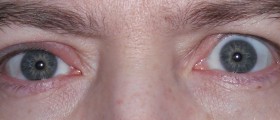


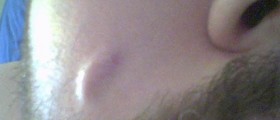
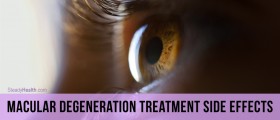
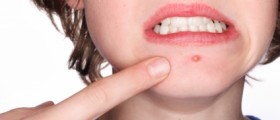



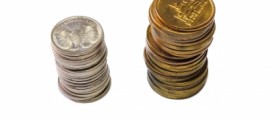





Your thoughts on this
Loading...